Middle Eastern Mixed Spice: The Magical Powder Behind Every Delicious Bite
Introduction: What’s All the Fuss About Middle Eastern Mixed Spices?
If you’ve ever tasted a dish from the Middle East and wondered, “How does it taste so good with just a few ingredients?”, the answer might be in the mixed spices. These are not your average seasoning bottles — they’re like culinary magic dust created by generations of clever cooks.
In this article, we’ll take a flavorful journey through some of the most iconic Middle Eastern spice mixes, explore their origins, uses, and even give you some pro tips on how to use them like a local chef. Whether you're a spice newbie or a seasoned saffron slinger, there's something here for everyone!
The Usual Suspects: A Who’s Who of Middle Eastern Mixed Spices
Before we dive into the deep end, let’s meet the main players. Here’s a quick list of popular Middle Eastern spice blends that every kitchen should have (or at least know about):
- Za’atar: Tangy, earthy, and addictive — think of it as nature’s MSG.
- Ras El Hanout: The Beyoncé of spice blends — bold, complex, and always the star of the show.
- Dukkah: Nutty, crunchy, and perfect for dipping. Great for impressing guests without much effort.
- Advieh: Sweet, floral, and slightly mysterious — ideal for rice dishes and stews.
- Kabsa Spice: The secret weapon behind Saudi Arabia’s beloved kabsa dish — savory, warm, and oh-so-aromatic.
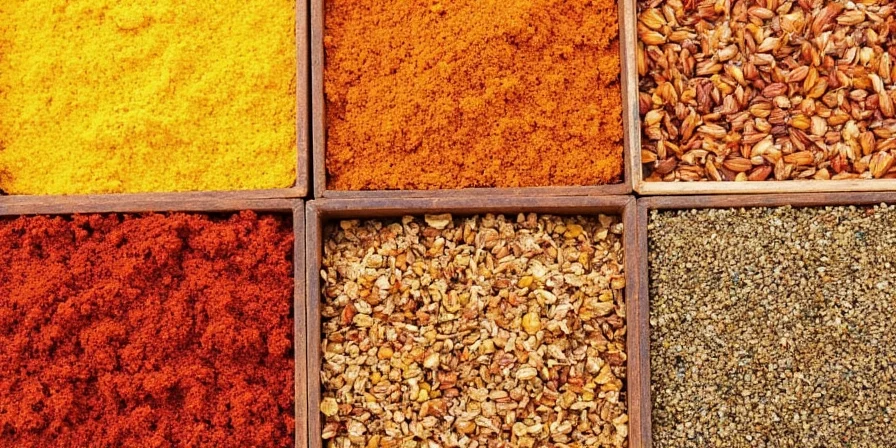
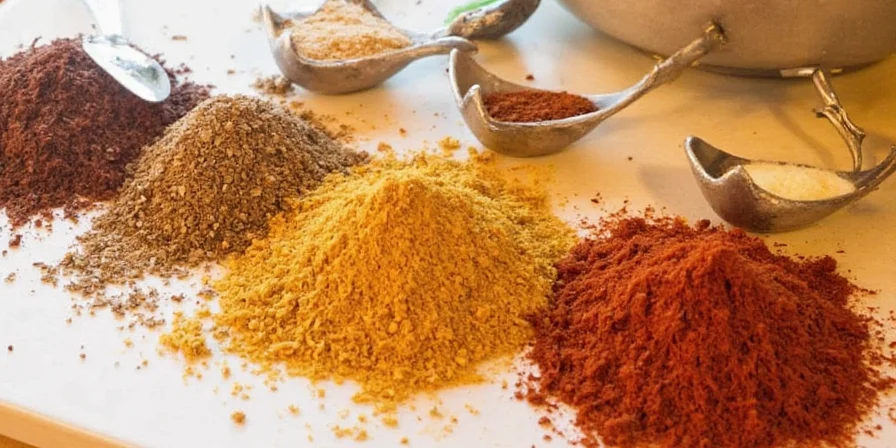
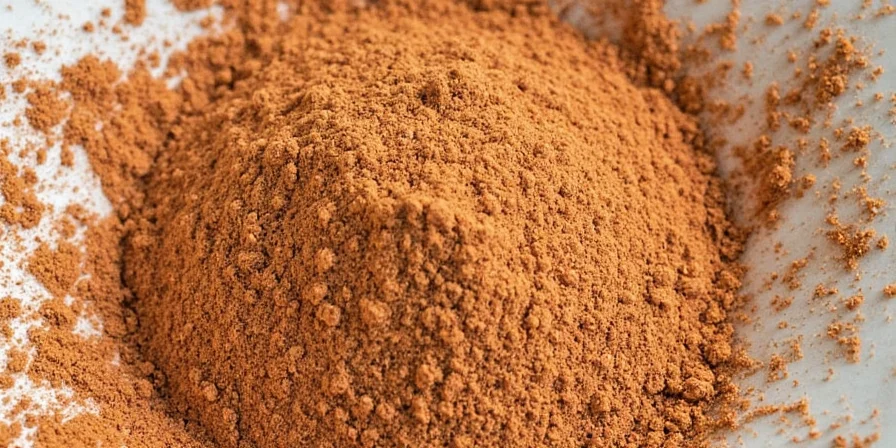
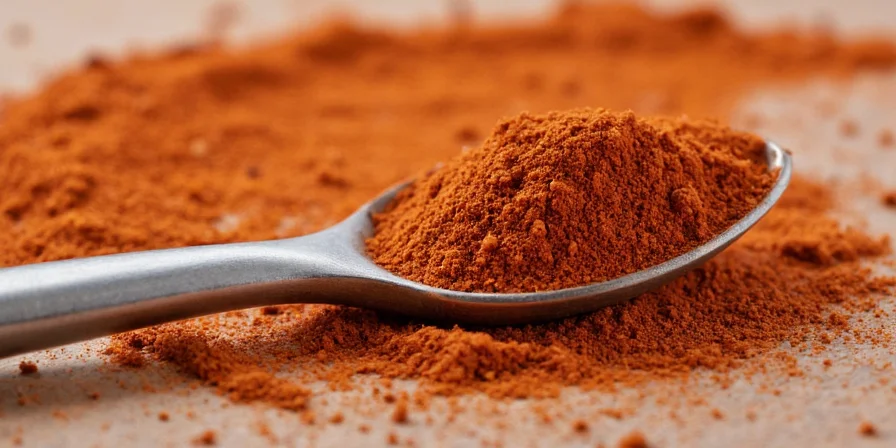
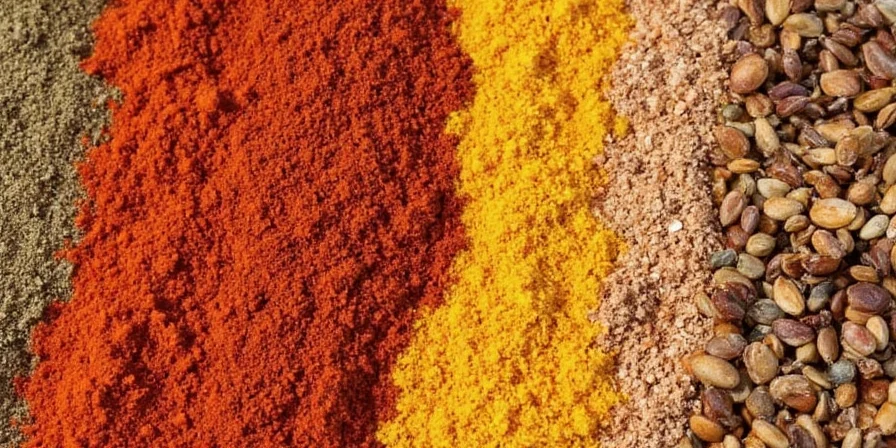
Deep Dive: Understanding Each Blend Like a Pro
Za’atar – The Queen of Herbs
Za’atar is more than just a seasoning; it’s a cultural icon. Found across Lebanon, Jordan, and Palestine, it typically includes thyme, sumac, sesame seeds (or crushed hyssop), and salt.
Pro Tip:
- Sprinkle za’atar on flatbreads like manakish before baking — it’s like edible art.
- Mix with olive oil and dip your bread in heaven — seriously, it’s that good.
Ras El Hanout – The King of Complexity
Translating to “top of the shop,” Ras El Hanout is often made up of over a dozen spices, including cinnamon, cumin, coriander, cardamom, allspice, and even dried rose petals.
Pro Tip:
- This blend shines in slow-cooked dishes — tagines, stews, or lamb shanks are perfect companions.
- Add a pinch to couscous or roasted veggies for an instant upgrade.
Dukkah – The Crunchy Chameleon
Hailing from Egypt, dukkah is a mix of nuts (usually hazelnuts or pistachios), seeds, and spices like cumin and coriander. Its texture makes it a standout in any dish.
Pro Tip:
- Coat goat cheese or avocado slices in dukkah for a stunning appetizer.
- Use it as a crust for proteins like chicken or fish — crispy dreams come true.
Advieh – The Secret Garden of Spices
Popular in Iran, advieh is a delicate balance of sweet and floral notes, featuring ingredients like rose petals, cinnamon, cardamom, nutmeg, and cloves.
Pro Tip:
- It’s perfect for enhancing the aroma of rice dishes like tahdig or khoresh (stew).
- Try it in desserts like yogurt or rice pudding for a subtle exotic twist.
Kabsa Spice – The Star of Saudi Cuisine
A staple in Saudi Arabian kitchens, kabsa spice usually includes black pepper, turmeric, cardamom, cloves, and dried lime (limu amani).
Pro Tip:
- Blend it into your next pot of spiced rice or grilled meats — trust us, your taste buds will thank you.
- Don’t skip the dried lime — it adds a unique tangy depth that’s hard to replicate.
Spice Comparison Table: Which One’s Right for You?
| Spice Mix | Main Ingredients | Flavor Profile | Best For |
|---|---|---|---|
| Za’atar | Thyme, sumac, sesame seeds, salt | Tangy, herbal, nutty | Breads, dips, salads |
| Ras El Hanout | Cinnamon, cumin, coriander, cardamom, allspice, rose petals | Earthy, warm, aromatic | Stews, tagines, roasts |
| Dukkah | Nuts, seeds, cumin, coriander | Crunched, nutty, slightly spicy | Dipping, coating proteins, garnishing |
| Advieh | Rose petals, cinnamon, cardamom, nutmeg, cloves | Sweet, floral, fragrant | Rice dishes, desserts, yogurt |
| Kabsa Spice | Black pepper, turmeric, cardamom, cloves, dried lime | Pungent, citrusy, earthy | Rice dishes, grilled meats |
How to Use Middle Eastern Mixed Spices Like a Local Chef
You don’t need a PhD in spiceology to master these blends. Here are some easy tricks to bring that Middle Eastern flair into your daily cooking:
- Keep It Fresh: Store your spice blends in airtight containers away from light and heat. They’re only as good as their freshness!
- Toast Before Use: Lightly toasting spices in a dry pan can unlock deeper flavors — just don’t burn them!
- Pair With Olive Oil: Many of these blends shine when combined with high-quality olive oil — it helps release the aromatics.
- Experiment Fearlessly: Don’t be afraid to swap out one spice for another — cooking is all about personal taste.
- Label Your Blends: If you make your own, label them clearly! You don’t want to mistake ras el hanout for chili powder.

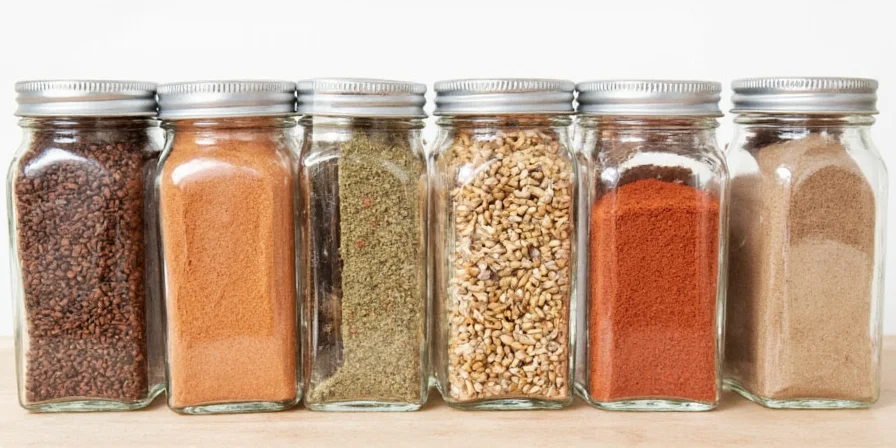
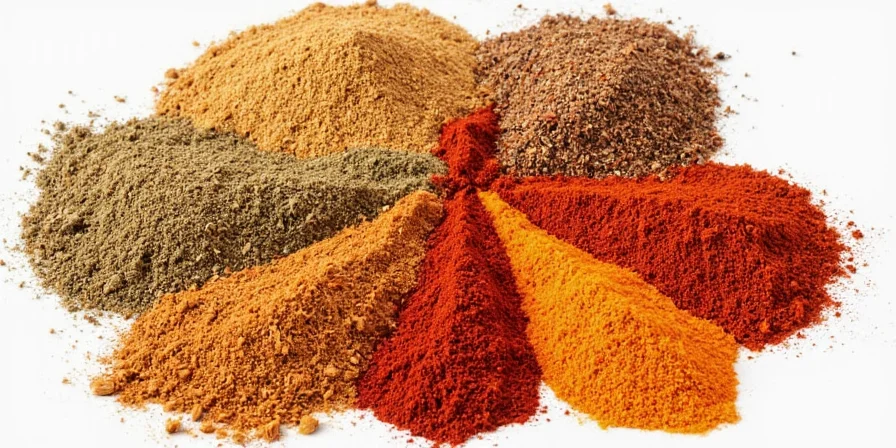
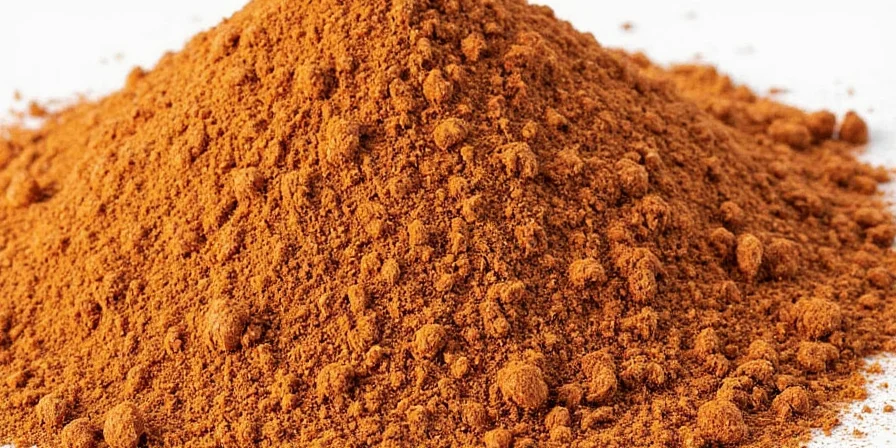

Make Your Own Magic: DIY Spice Blends at Home
Feeling adventurous? Why not try making your own Middle Eastern spice blends? Here’s a simple recipe to get you started:
Homemade Za’atar (Makes ~¼ cup)
- 2 tbsp dried thyme
- 1 tbsp sumac
- 1 tsp sesame seeds
- ½ tsp salt
Instructions:
- Grind the thyme slightly with a mortar and pestle or in a spice grinder.
- Mix all ingredients together until well combined.
- Store in an airtight container and enjoy!
Conclusion: Embrace the Flavorful Journey
Middle Eastern mixed spices are more than just seasonings — they’re stories, traditions, and cultures packed into tiny bottles. Whether you’re sprinkling za’atar on your toast or marinating lamb with ras el hanout, you’re participating in a rich culinary heritage that spans centuries.
So go ahead, open that spice drawer and let the aromas transport you to bustling souks and family gatherings under the desert sun. With a little knowledge and a lot of curiosity, your kitchen can become a global spice haven — one pinch at a time.

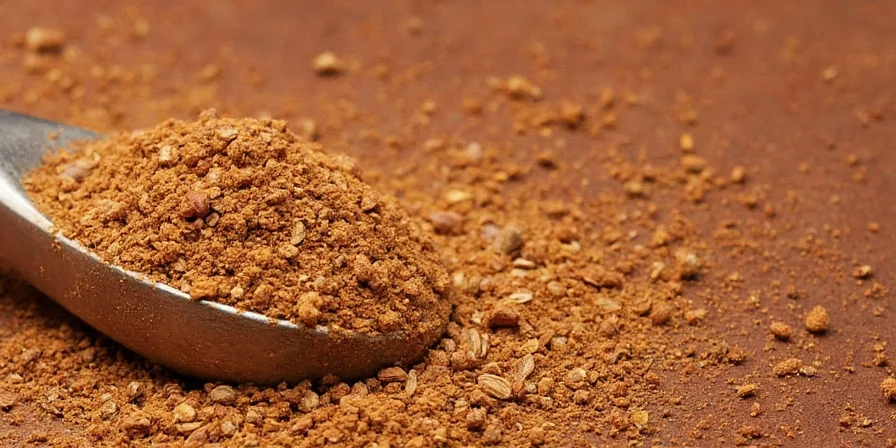









 浙公网安备
33010002000092号
浙公网安备
33010002000092号 浙B2-20120091-4
浙B2-20120091-4